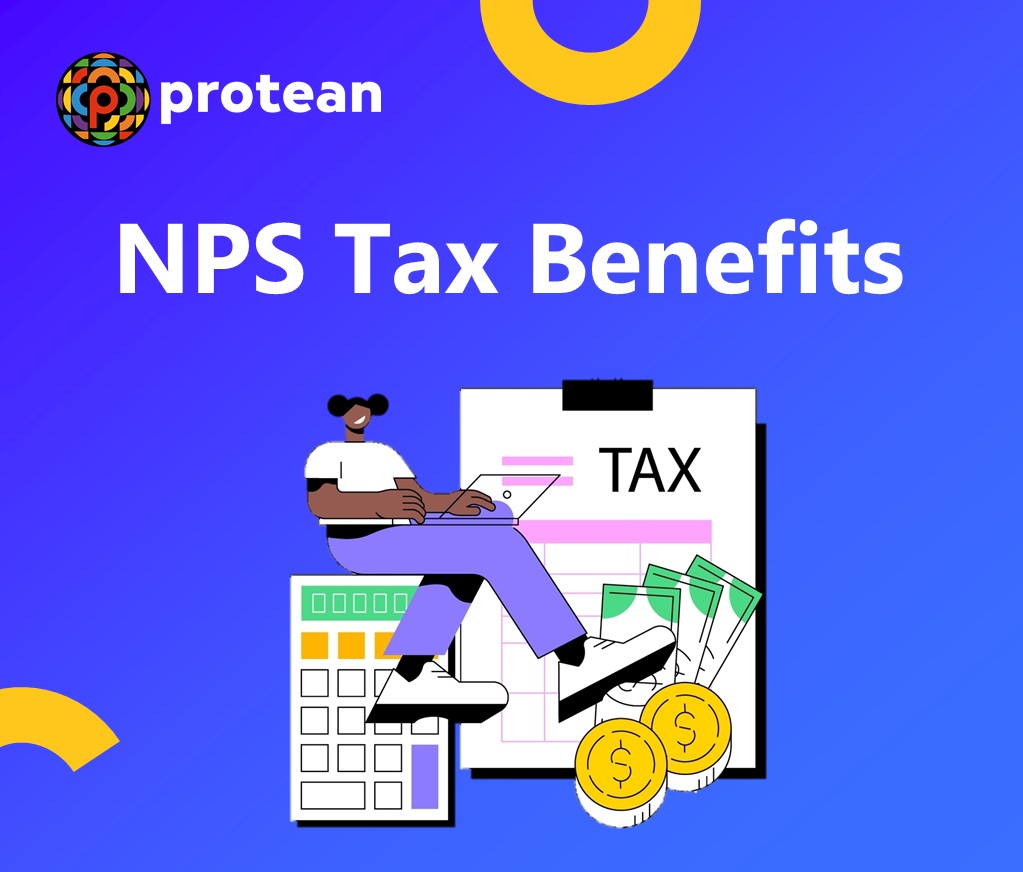NPS, or the National Pension System, is a popular investment option offering tax benefits to individuals across different sectors, such as private and public. This scheme not only helps you build a sufficient corpus for your post-retirement needs but also provides various tax advantages.
Whether you are a novice investor or a professional, maximising your NPS tax benefits can significantly enhance your long-term savings. In this comprehensive guide, you will learn about the process of NPS tax benefit calculation and other crucial details related to it.
Budget 2024 Updates
Aiming to enhance the social security benefits for workers in the private sector, the 2024 Union Budget has proposed a raise in the limit for employer contributions to the National Pension System (NPS) and the tax benefits for both employers and employees regarding these contributions.
Prior to the budget announcement, government employees, both central and state, could receive a deduction on their National Pension System (NPS) contributions up to 10% of their salary. The 2024 Union Budget aims to boost the deduction limit for private sector workers' contributions from 10% to 14% of their salary.
However, this higher contribution limit will only be available to those who choose to switch to the new tax regime. This is because the tax rate for employer contributions to the National Pension System for employees sticking to the old tax regime remains at 10% of their salary.
Particulars | New Regime | Old Regime | ||
Before Budget 2024 | Post Budget 2024 | Before Budget 2024 | Post Budget 2024 | |
Employee’s Contribution to NPS | Nil | No Change | 50,000 | No Change |
Employer’s Contribution to NPS | Up to 10% of Salary | Up to 14% of Salary | Up to 10% of Salary | No Change |
Budget 2024: Employer NPS Contribution Limit Increased To 14% From 10%
Watch: https://t.co/7waDXpRsbd | #Modinomics #BudgetWithBT #UnionBudget2024 #Budget24 #NirmalaSitharaman@ICICI_Direct | @bximarketplace | @pnbindia | @Siemens@nsitharamanoffc | @nsitharaman pic.twitter.com/EkedLBX9CD— Business Today (@business_today) July 23, 2024
NPS Tax Benefits for Different Types of Accounts
Under the NPS scheme, there are two types of accounts - Tier I and Tier II. Opening a Tier I account is compulsory for all investors however, it is not mandatory to open a Tier II account. Here you will learn the different types of tax benefits you can get from the two accounts:
NPS Tier I Account Tax Benefits
The Income Tax Act of 1961 allows NPS tax benefits in Tier I account, under the following sections:
1. Tax Benefits Under Section 80CCD (1)
You can get tax benefits for contributing to the NPS under Section 80CCD(1). To qualify, you need to contribute at least 20% of your gross income (if you are self-employed) or 10% of your salary (if you are employed). Alternatively, you can contribute up to Rs. 1.5 Lakh to claim the deduction.
2. Tax Benefits Under Section 80CCD (2)
Section 80CCD(2), included in Section 80C, deals with the employer's NPS contributions. If you are self-employed, you cannot claim this benefit. You can deduct either the employer's NPS contribution or 14% (revised after Budget 2024) of your basic salary plus Dearness Allowance (DA), whichever is less.
3. Tax Benefits Under Section 80CCD (1B)
You can get an extra tax benefit of Rs. 50,000 for your own NPS contributions under Section 80CCD(1B).
NPS Tier II Account and Tax Benefits
You can open a Tier II NPS account, which is optional and allows you to invest and withdraw funds freely. Nevertheless, you need to have a Tier I account to open a Tier II account. Currently, there are no tax advantages for Tier II accounts.
How to Invest in NPS to Avail the Tax Benefits?
To avail tax benefits with the National Pension Scheme (NPS), you first need to open an NPS account. You can do this either online or offline.
Online
For online mode, you will need to register and login on the official website of NPS. Follow the steps given here. You can also access your E-NPS account through your bank's internet banking.
Offline
If you prefer offline, visit a Point of Presence (PoP) authorised by the PFRDA. They will help you with KYC documents and take your investment. You will need at least Rs. 500 for Tier I and Rs. 1000 for Tier II. After investing, you will get your username and password.
Conclusion
After getting a clear idea of the NPS tax benefit calculation, you can now accurately calculate your retirement corpus. These benefits will reduce your taxable income and provide extra investment benefits. However, remember it is crucial to keep in mind various factors like your age, rate of return, etc. when calculating your NPS tax benefits.
| Simplify your NPS contributions and optimize your investment strategy – learn more with our detailed guide. |
- Story by Kakoli Laha

